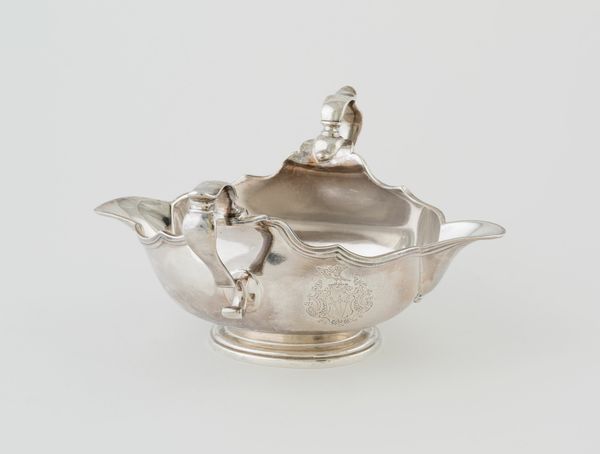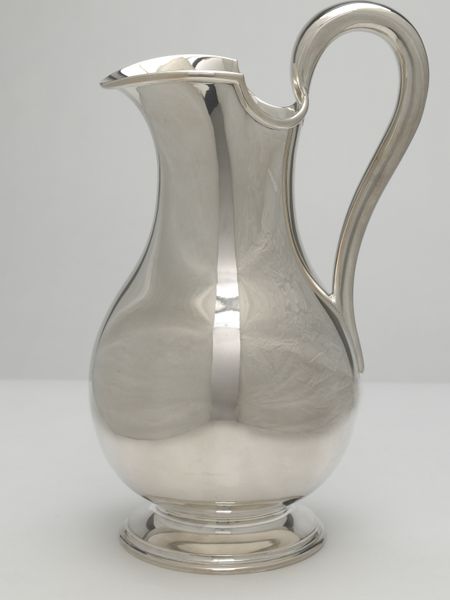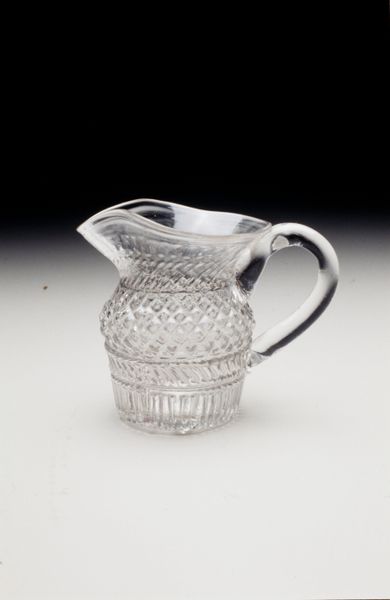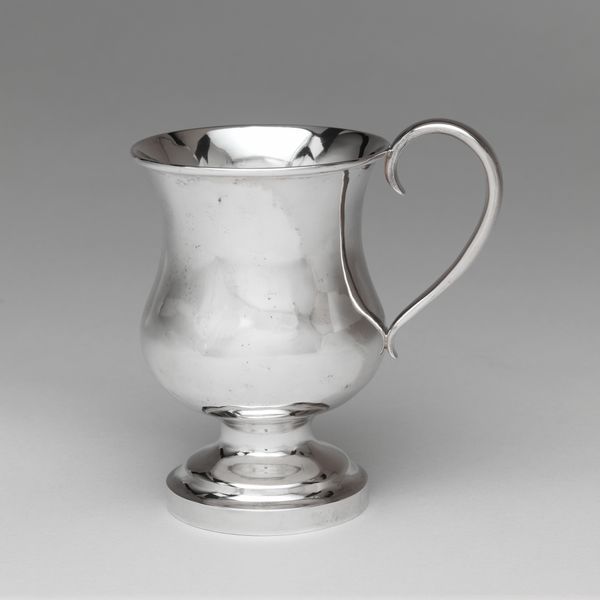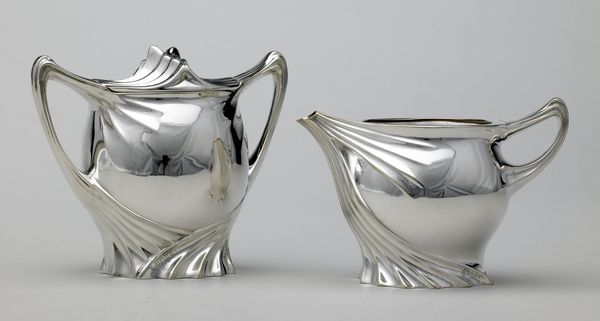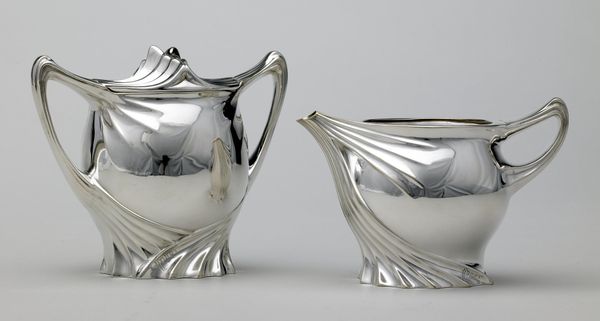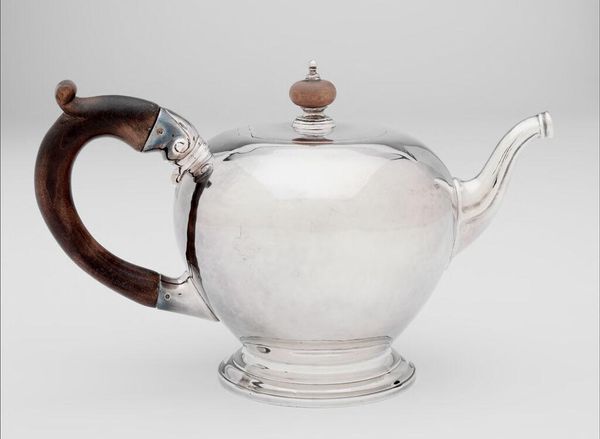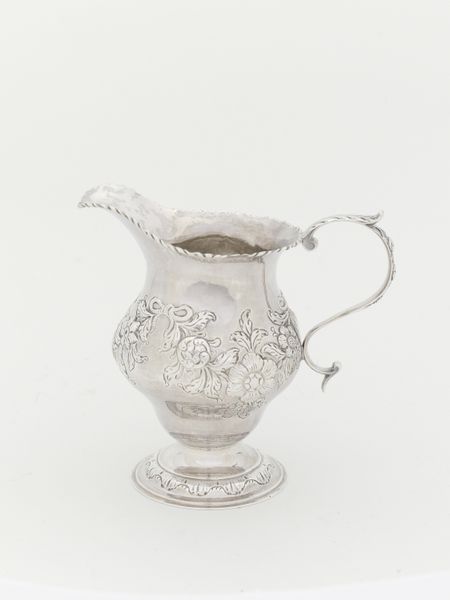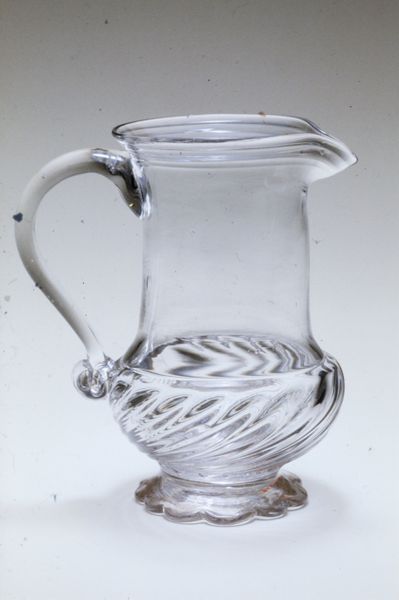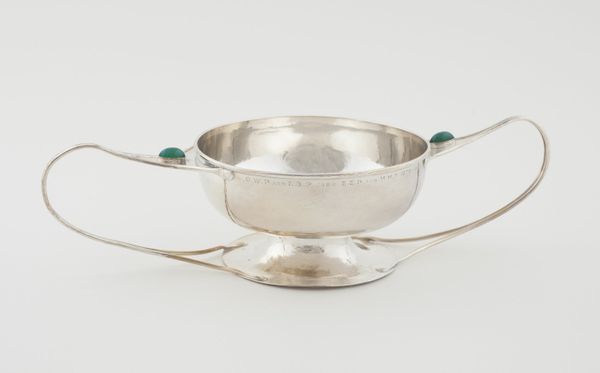
silver, metal, ceramic
#
silver
#
metal
#
ceramic
#
classical-realism
#
ceramic
#
decorative-art
Dimensions: 9 1/4 x 8 1/2 x 5 3/4 in. (23.5 x 21.59 x 14.61 cm)
Copyright: Public Domain
Editor: Here we have a silver Ewer with a matching bowl, dating back to the late 18th century. The reflective surface and classical form are quite striking. How do you interpret this work beyond its aesthetic appeal? Curator: This ewer and bowl set is indeed beautiful. But beyond its aesthetic appeal, we must consider the social and political contexts in which such an object was created and used. Silverware like this wasn't just decorative; it was a powerful signifier of wealth, status, and even participation in colonial economies. Think about where the silver came from, and who mined it. Who benefited from this object, and who might have been exploited in its creation? Editor: That’s a perspective I hadn’t considered. So, the elegance masks a complex history? Curator: Precisely. Consider how the object embodies class distinctions and global trade networks. The elaborate design, reflecting classical motifs, signifies not only taste but also power. Owning such a set meant aligning oneself with certain elite cultural values. Do you see the ewer and bowl differently now, knowing this? Editor: Absolutely. The reflection I see isn't just light on silver; it is the history of colonialism, labor, and privilege. Curator: Indeed. And thinking critically about that reflection allows us to confront difficult truths about our own complicity and responsibilities. By unpacking the symbolism, we open dialogues about the historical exploitation and inequities embedded within such objects, moving toward a more informed and just understanding of the past. Editor: Thanks. That really shifts how I look at historical artifacts.
Comments
No comments
Be the first to comment and join the conversation on the ultimate creative platform.
